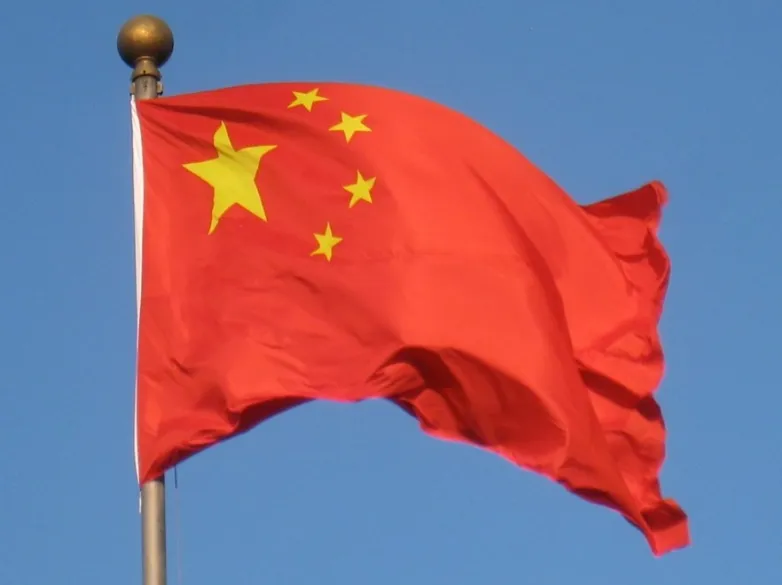The Chinese solar market is changing shape
Aug 22, 2019 10:51 PM ET
- Two reports have described how the world’s largest renewable energy market is moving towards maturity. According to the Brookings Institution, the Chinese clean energy market could become more open to Western investors and tech. A report by Fitch claims projects are moving back to inland provinces from coastal regions.

China saw its PV market abruptly enter a new phase in May 2018 when the government decided to reduce the amount of incentives granted to solar projects – and subsequently announced its intent to move towards an auction scheme to allocate payments as a bridge to grid parity.
The resulting regulatory changes put the Chinese solar manufacturing industry under pressure and pushed developers to further reduce costs but those were not the only effects of the structural change, according to two recent reports.
Grow Green China Inc. How China’s epic push for cleaner energy creates economic opportunity for the West was published by the Brookings Institution, a U.S.-based non-profit thinktank, and stated the Chinese clean energy market is becoming more open.
More transparency
Author Jeffrey Ball said the renewable energy sector, since its inception in the first decade of this century, has always been global and particularly ill-suited to protectionist policies. He said China’s slowly opening markets represent a huge opportunity for western investors, industries and technologies, and new players may now gain access without having to set up joint ventures with local partners and invest directly in clean energy assets. The author added, however, the transition may be anything but smooth. “It will be hard and rough,” he said.
The paper acknowledged China is leading the race to a green global economy and enjoys a distinct ‘home-track’ advantage, due to the strong support the authorities are providing to solar and other renewables. The burgeoning China-U.S. trade war, however, could prompt a downward spiral for the industry, according to Ball.
The duties introduced by the Trump administration on top of earlier protectionist measures from the Obama regime were defined as environmentally dangerous, geopolitically moot and economically counterproductive. What the measures do not take into account, Ball said, is that China has launched a huge transformation of its green industry to make it more efficient.
The controversial Belt and Road initiative was cited, together with more general efforts to make the Chinese economy more competitive, as pivotal stages in China’s world-leading green growth.
The West is falling behind
“Evidence also suggests that the focus on China as the global green bogeyman is distracting the United States and other countries from the hard domestic policy choices that might boost their own long-term competitiveness in the global green race,” the report noted.
Western countries, said Ball, should take advantage of their long-standing leadership in technological innovation to enjoy the benefits of a more mature Chinese renewables market. Chinese government officials and business executives, said the author, still see Western companies and technologies as key for Chinese clean energy. Big opportunities, said Ball, will come not only from solar and wind but also from the EV sector, natural gas and all of the technologies being developed to reduce air pollution.
The study’s author said some western players will lose out from the rising importance of the Chinese renewables industry, especially manufacturers of commodified clean energy equipment such as solar panels, but said job losses in the module industry could be replaced by installer opportunities. In Ball’s view, western companies should focus on R&D and the production of cutting-edge – rather than commodified – clean energy goods.
“Those outside China have more to gain by helping China improve its clean energy game than they do by thwarting it,” Ball concluded. “Despite their trade-war chest-thumping, despite their framing of the push for cleaner energy as a nationalistic zero-sum game, Beijing, Brussels and Washington – or more specifically, Chinese and Western capitalists – need each other so each can do what they most want in the global clean energy race: maximize the money they make.”
Big PV moves north
A separate study published by Fitch Solutions Macro Research claims most of the PV capacity to be deployed in China in the next decade will be in inland provinces such as Xinjiang, Gansu, Qinghai and Inner Mongolia. As a result, states the study, the coastal regions currently home to a large chunk of China’s PV capacity will see their share of the market decrease.
Availability of land will be as important a factor in the change as the better solar resources available inland, claims the report.
Grid bottlenecks have thus far prevented inland provinces from taking the lead in China as the government has limited installation in provinces with grid issues. That situation means the coastal provinces of Shandong, Zheijan, Hebei, Jiangsu and Anhui are the top locations for installed solar capacity, with each hosting 7.7-9 GW of generation facilities.
“We expect this growth surge in coastal provinces to be replaced with a greater emphasis on inland provinces again as solar subsidies are phased out,” the report predicted. Large scale projects in particular are expected to play a role in the geographical shift, as the north of China may offer lower project costs.
Despite their structural advantages, the provinces of Gansu and Xinjiang were not admitted to China’s first auction for large scale PV projects due to congestion in their grid networks.
However curtailment rates are improving, Fitch analysts stated, and inland provinces may see a resurgence in solar development. The paper’s authors added, it was the inland regions which were leaders in the earliest stages of the country’s solar expansion.
Also read

